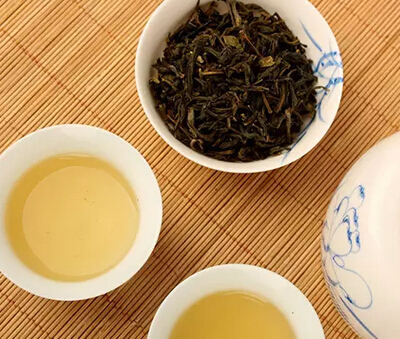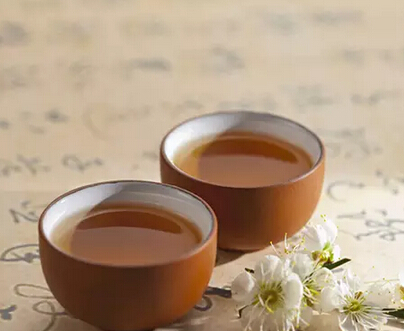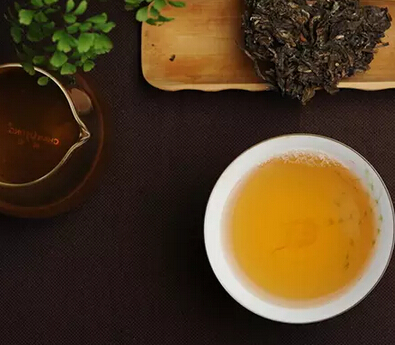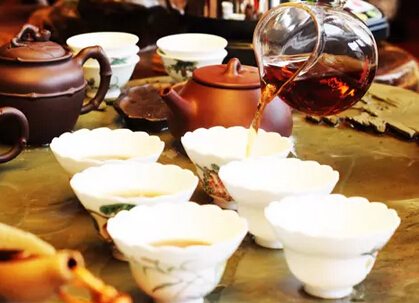Many people drink tea and make hasty judgments based on just one sip. If it tastes bitter, they assume it's not good tea, unfairly blaming the "bitterness" of tea.
In reality, tea connoisseurs rarely judge the quality of tea solely by its bitterness. Bitterness is simply one of tea's inherent flavors—always present but never the only or constant trait.

Tea with a "bitter" taste isn’t necessarily bad; in fact, it’s often a sign of high-quality tea. The intensity of bitterness depends on the amount of bitter compounds in the tea.
The primary bitter substances in tea include caffeine, theobromine, theophylline, anthocyanins, tea saponins, bitter amino acids, and certain flavanols. Bitterness in tea often accompanies astringency and dominates the flavor profile. When alkaloids and catechins form hydrogen-bonded complexes in tea with high levels of both, the brew becomes rich, mellow, and refreshing—a hallmark of premium tea.
The astringent compounds in tea mainly consist of polyphenols, aldehydes, and iron, with catechins playing a crucial role. Esterified catechins are particularly astringent and are far more abundant in young buds and leaves than in mature ones.

Generally, teas made from tender buds and one or two young leaves have a much stronger bitter-astringent taste than those made from older leaves (three or four leaves per bud). Thus, Pu-erh tea with noticeable "bitterness" often comes from high-grade, young leaves. This also explains why lower-grade teas tend to taste milder.
For Pu-erh tea, aged varieties with low bitterness, pronounced aroma, and tender leaves are typically the result of long-term storage, during which bitter compounds degrade and transform, mellowing the flavor.
Of course, other factors can contribute to excessive bitterness, such as using leaves severely damaged by pests, which may produce an unpleasant, harsh bitterness or even a foul taste. This type of bitterness is entirely distinguishable from the natural bitterness of tea.

Similarly, astringency is an innate characteristic of tea, regardless of quality. It primarily results from polyphenols (like catechins, phenolic acids, and condensed tannins), aldehydes, and iron interacting with taste receptors. Though often paired with bitterness, astringency is a distinct sensation.
Astringency is a strong yet elusive taste, occupying a unique place in flavor perception. It’s not "numbing" but carries a slight numbing quality; not exactly bitter but close. It resembles the mouthfeel of eating an unripe persimmon—dry and puckering, the opposite of smoothness.
Among tea’s flavors, astringency is often the least appreciated, even less so than bitterness. Bitterness can be medicinal, with the adage "good medicine tastes bitter." But astringency is often deemed unpalatable. Thus, tea producers strive to minimize it during processing.

In tea processing, insufficient heat or time during the "kill-green" (sha qing) stage can leave a pronounced "grassy astringency." However, Pu-erh tea stored and aged properly undergoes oxidation and polymerization, significantly reducing astringency over time.
Bitter and astringent tea isn’t necessarily bad, but tea whose bitterness dissipates quickly is undoubtedly good. Bitterness can indicate a rich content of beneficial compounds, and rapid resolution of bitterness reflects skilled craftsmanship—a mark of excellent tea.
So, don’t hastily condemn tea for its bitterness. Learn to appreciate and discern it, or you might miss out on some truly exceptional brews.